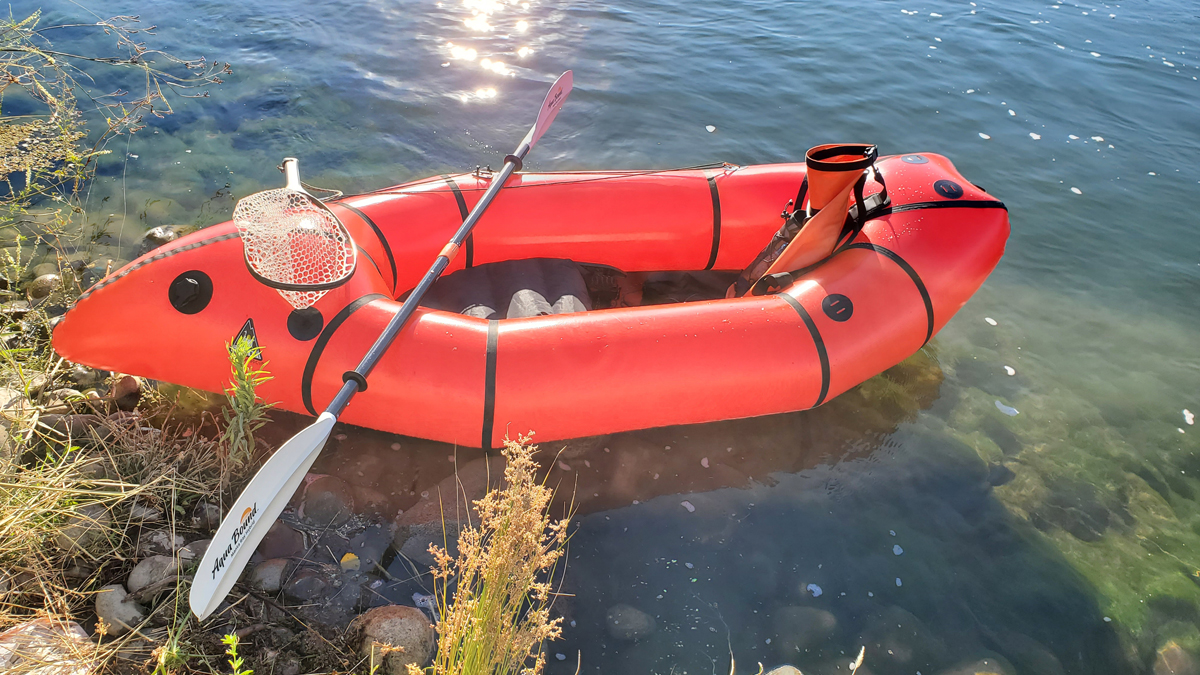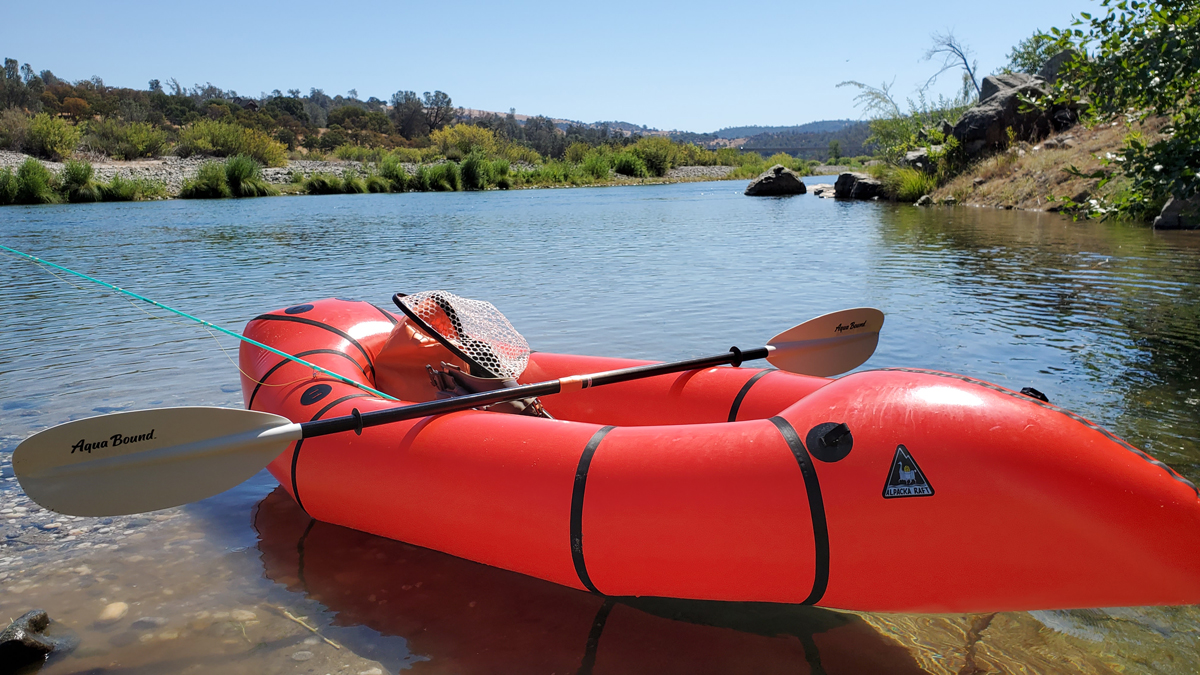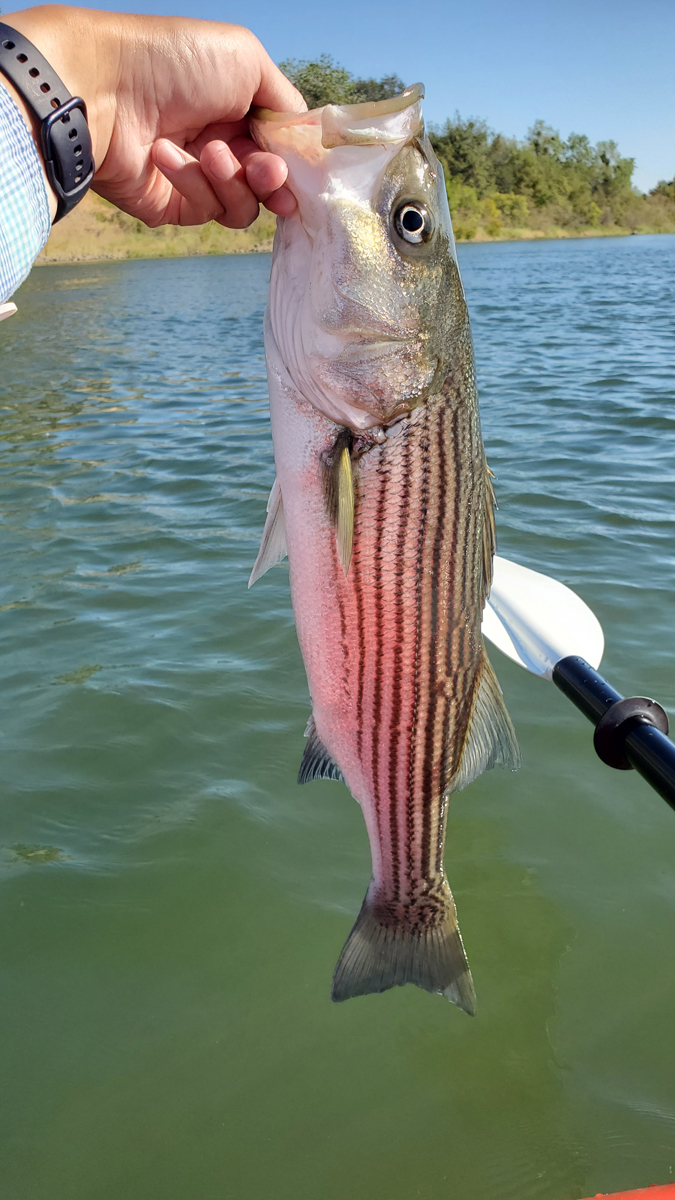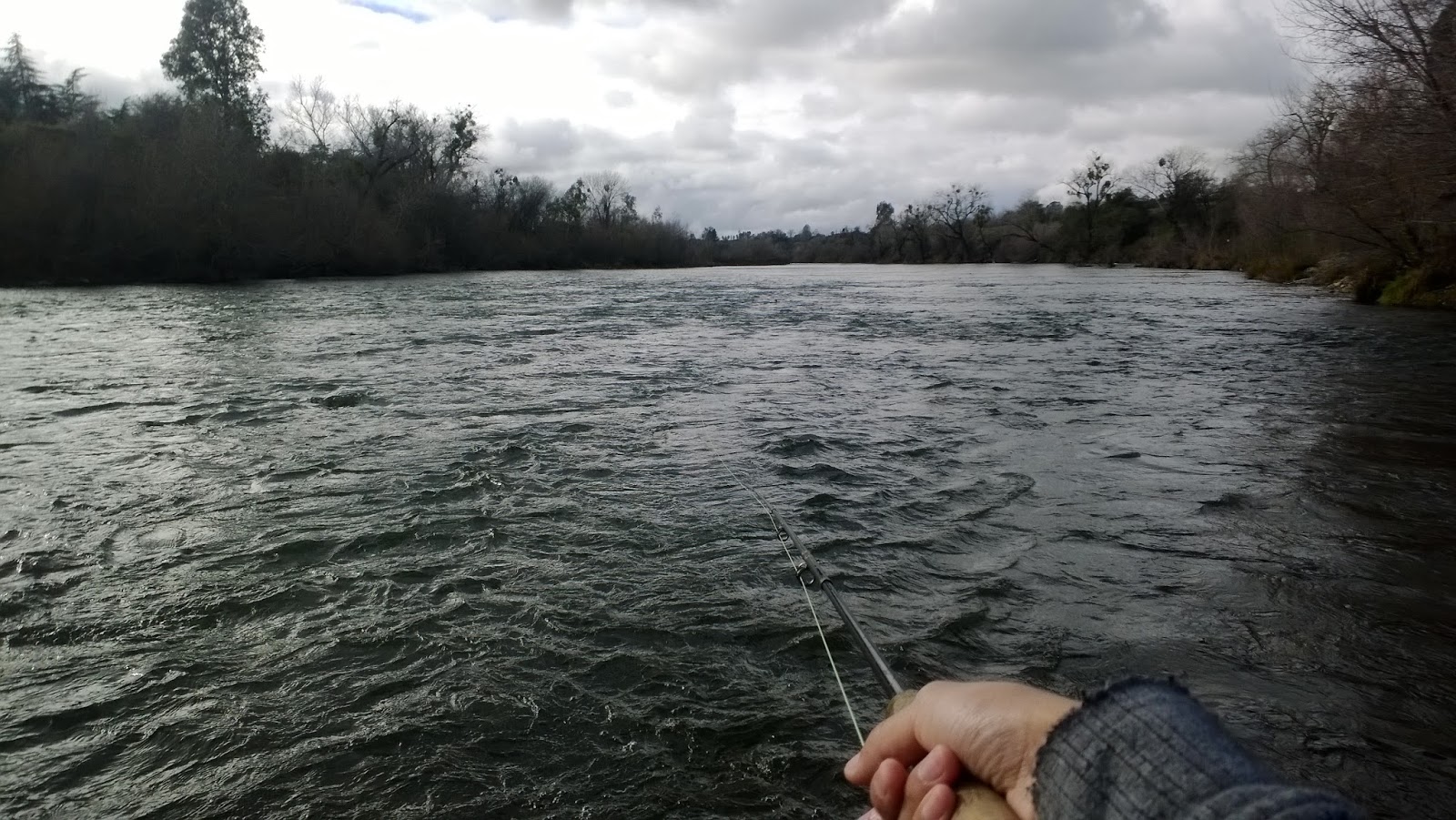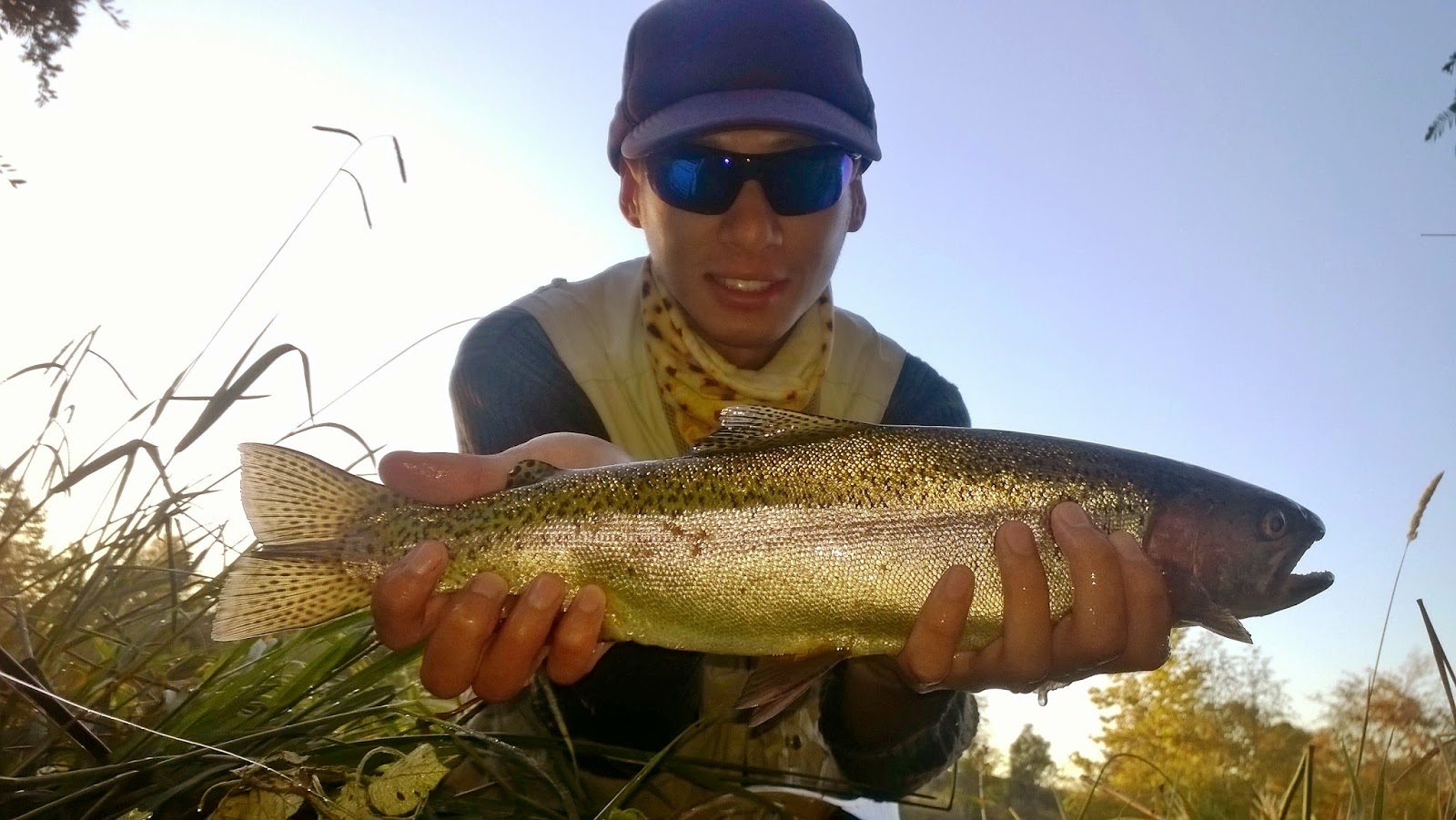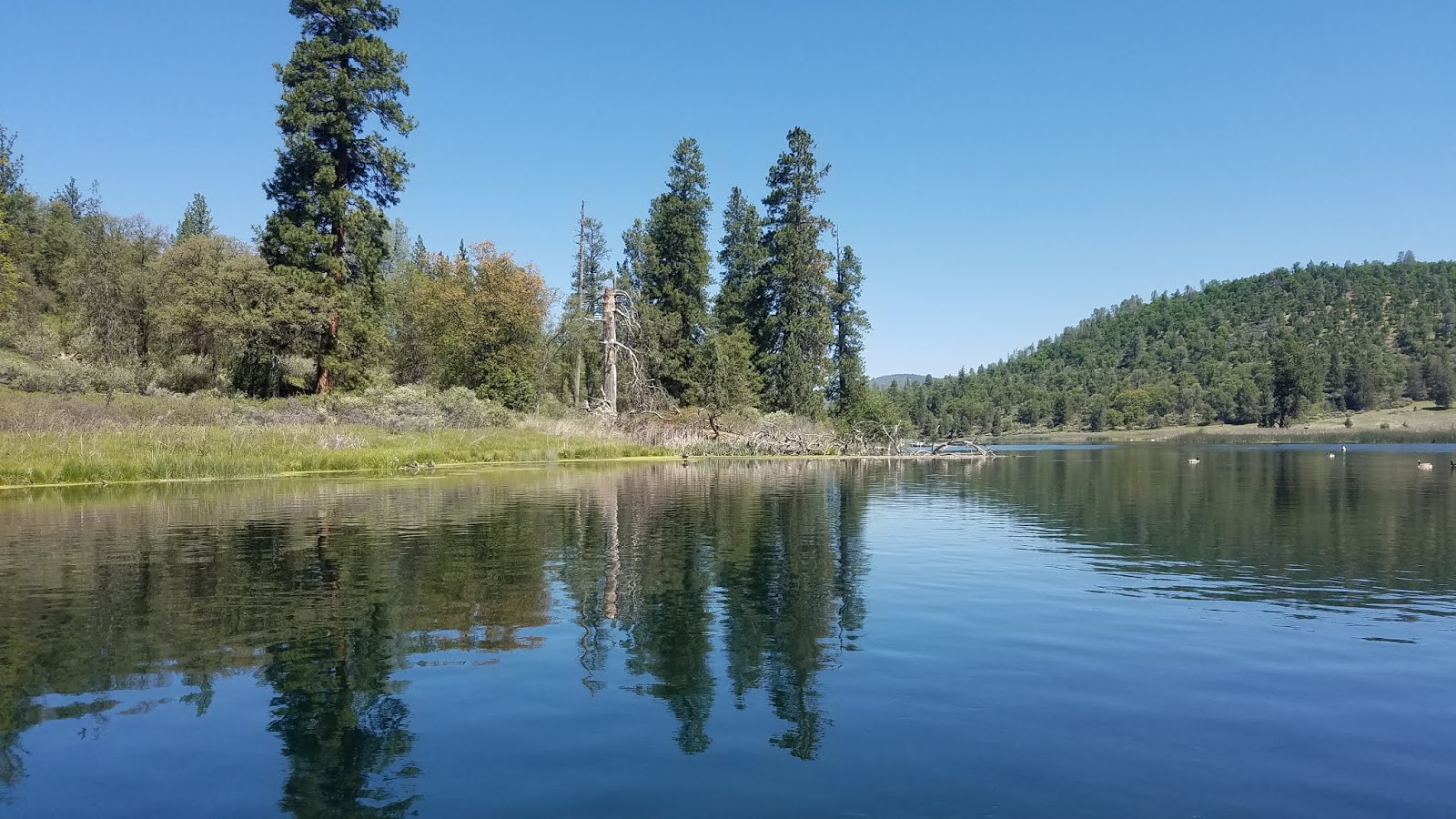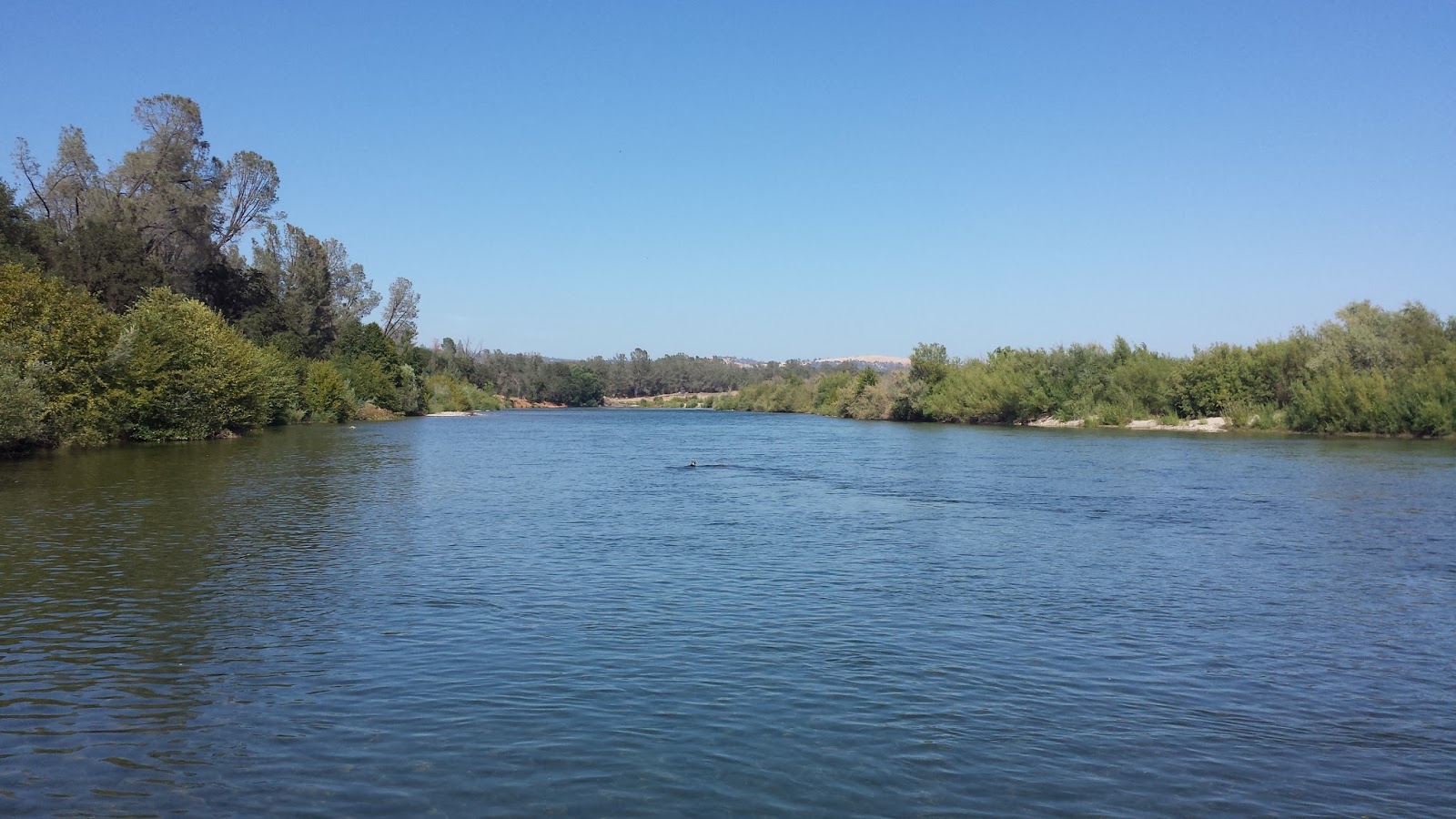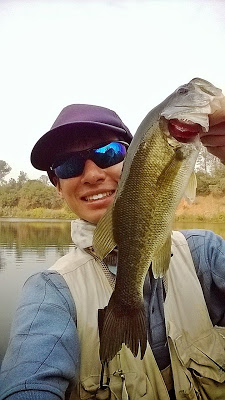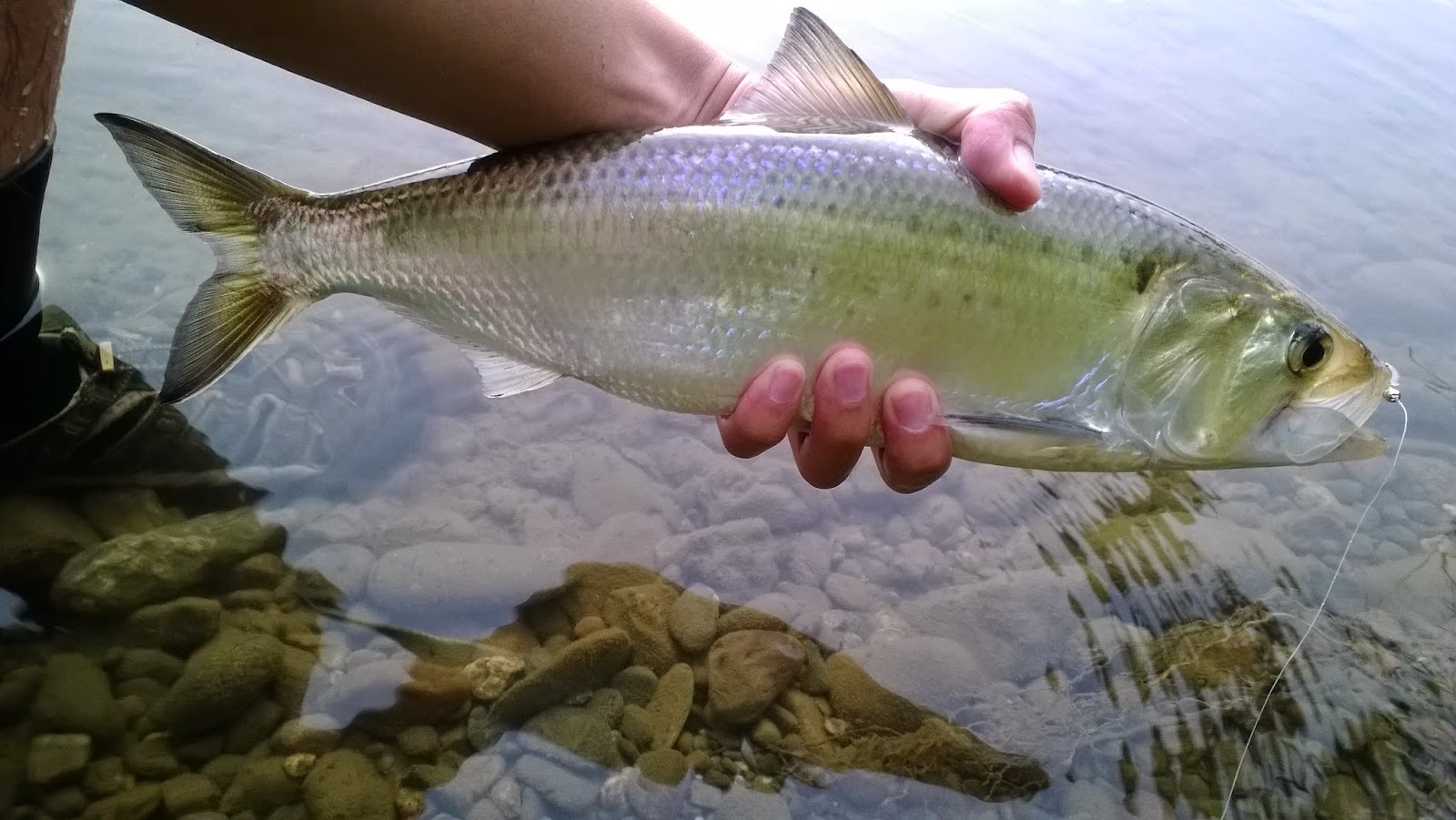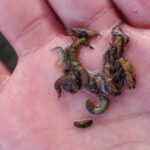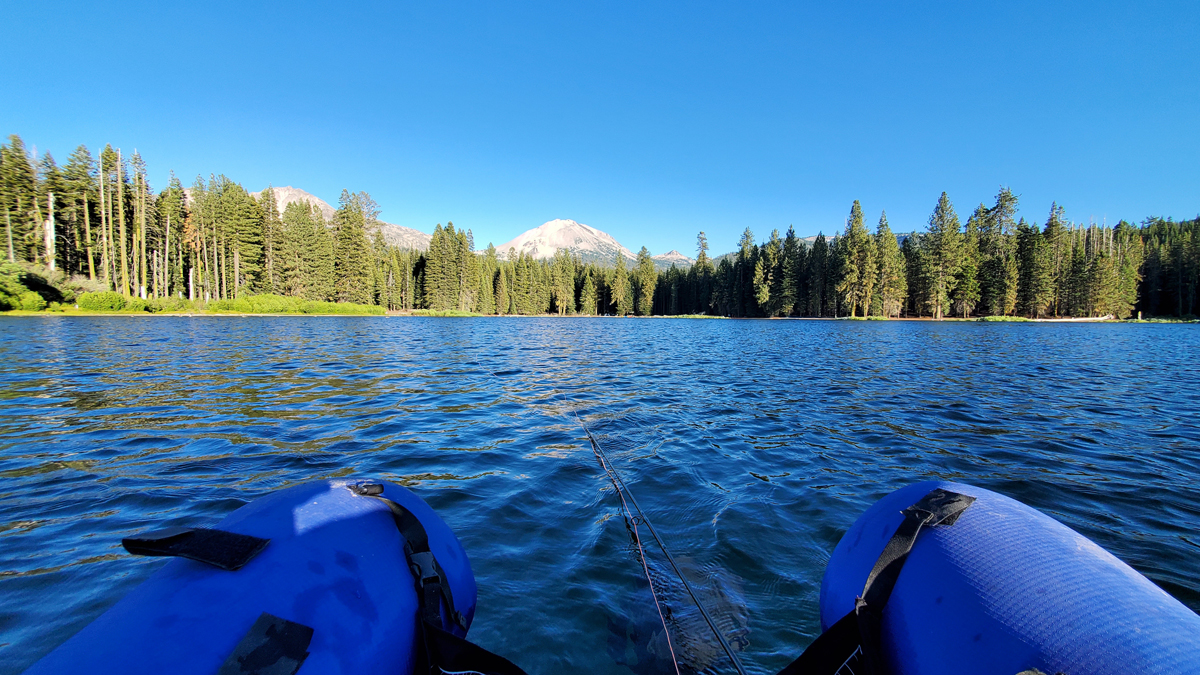
Manzanita Lake is one of the most beautiful lakes I’ve ever had the pleasure of fishing. The lake is full of wild brown and rainbow trout that cruise throughout the lake looking for food both above and below the surface. The ratio of browns to rainbows is pretty even and though the majority of the fish don’t reach trophy size the average fish is about 12” – 16”. Manzanita Lake is one of the few lakes in California that hosts perfect conditions for a fantastic wild stillwater trout fishery and should be on every fly anglers list of places to visit and fish.
The last time I fished Manzanita Lake was back in June 2017. Most of Lassen Volcanic National Park was closed that year due to the heavy snowpack from the crazy storms in early winter that caused floods reminiscent of the massive floods in 1997-1998. The lake was in optimal condition as the water temperatures were still low and the weather had just warmed enough to get the bugs hatching. Manzanita Lake was the first time I ever tried to fly fish for trout in stillwater conditions. I had the opportunity to fish the lake pretty hard that visit and had a lot of fun figuring things out while catching a few fish along the way.

This visit to Manzanita Lake was a bit different and not so much focused on fishing due to the addition of my 16 month old. I was able to get out and fish a bit in the evenings but aside from that most of the time spent was chasing down a toddler that wanted to play in dirt and climb on rocks. I planned our visit mid-week from Tuesday to Thursday to try to avoid the crowds and though there were still quite a few people out I’m sure our experience was nothing like it would have been closer to the weekend.
Lake conditions were significantly different this visit. The water was warmer and the underwater vegetation looked about twice as high as the previous time I fished it. I logged the water surface temperature at 73°F and marked an average of 3-4ft between the surface and the water vegetation. The wind picked up in the afternoon and was blowing a consistent +10MPH. The fish were surprisingly still active despite the warmer water temperature and heavy winds. As I scanned the lake every few seconds I could see fish jumping and rising. I kept my eye on the fly anglers out on the water and saw very few hookups. All of my instincts were telling me that this was going to be a tough visit.
I was able to get some fishing time on Manzanita Lake from 7pm to sunset. Although I wish I was able to fish Manzanita Lake in the morning, the evening was definitely the best other option. Mid-day seemed a bit too busy on the water with kayakers and canoers all throughout the lake. Swimmers were concentrated near the boat launch leaving the northern end of the lake quieter and less pressured.
Once I was finally able to get on the water I found the fish to be concentrated in the middle section of the lake near the iconic Mt. Lassen Manzanita photo spot. I observed fish rising throughout the evening and I managed to get two rises with my Manzanita go-to dry fly the Sheep Creek Special. I’m not quite sure what the Sheep Creek Special is imitating and I don’t think the trout know either. I throat pumped the trout that was able to net and found mostly callibaetis nymph. Naturally I switched to a callibaetis nymph but the fish didn’t seem interested. Once the wind calmed and the water turned to glass the trout activity really started getting wild. Fish were rising all around me but I couldn’t see what they were eating. I kicked around saw a ton of different bugs on the surface mostly midges and what appeared to be a cream colored trico mayfly spinner in a size 22. I figured it had to be the spinner they were rising for and of course I didn’t have anything in my fly box that looked like it. I ended the first night 2/3 with one brown and one rainbow in the net.
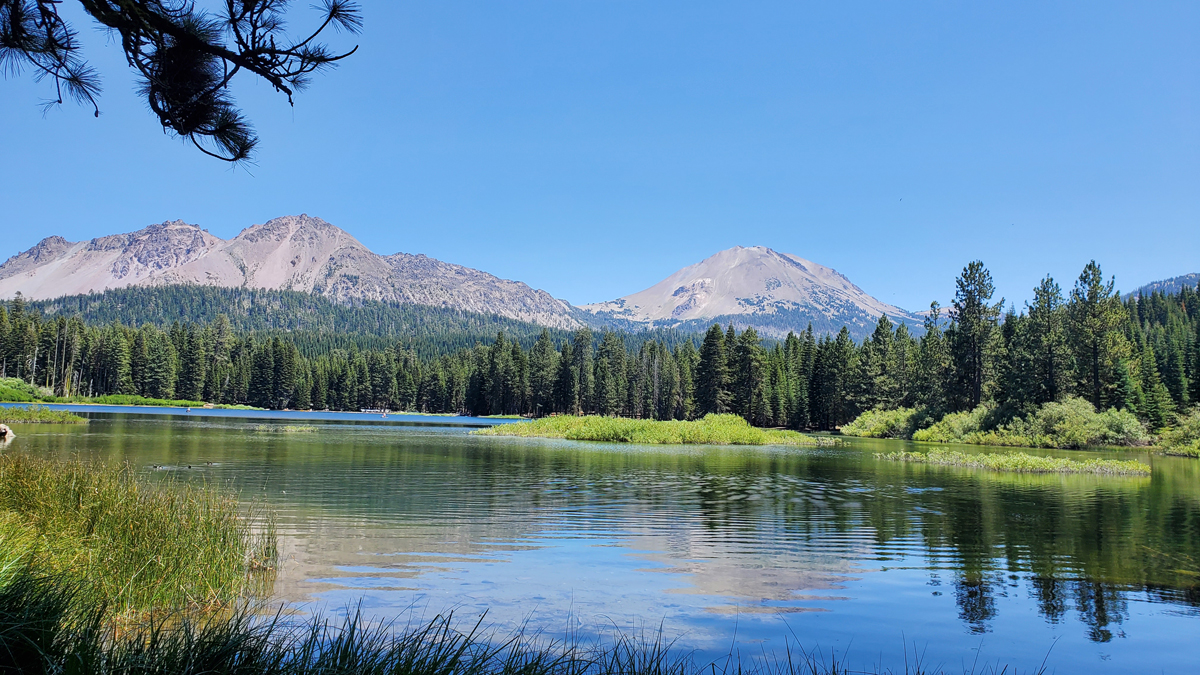
The following day I was able to get an hour mid-day on Manzanita Lake. I started this session with a balanced damsel and callibaetis on an indicator. The afternoon wind was moving the water surface pretty good and I figured I’d have it work for me rather than try to fight it. After about 20 minutes with no grabs I switched to a Sheep Creek Special to see if I could get one of the many trout I saw jumping to rise. As I worked my way around the lake I noticed that the fish that were rising and jumping were chasing adult damselflies that were teasing them just above the surface. Knowing this I didn’t think the trout were going to interested in my dry flies so I ended this short session with no takes.


I went back out in the evening this time prepared with a few new dry flies, a size 18 PMD comparadun, that resembled the small cream trico that I saw the night before. I initially started out with a damsel nymph on a long leader and got two strikes with one bow into the net. As the sun started to set the wind died down the fish were eating on top again prompting me to switch to the small comparadun. I kept an eye out for targets and found a fish just below the surface sipping invisible bugs in a predictable direction. I cast about a foot in front of it and waited anxiously for it to suck it down. As it inched closer and closer to my fly I held my breath until I finally watched my fly disappear into the suction that was the fishes mouth.
I managed to land one more fish that night going 3/4. Throat samples revealed a lot of different insects primarily callibaetis but mostly light green daphnia. The fish were rising all night despite little to no light and I suspect they were raking in daphnia since they didn’t need to see them to eat them.
I caught fish this trip but overall it was a bit slow. As always I learned a few new things and will need to add some new flies to my stillwater box.
